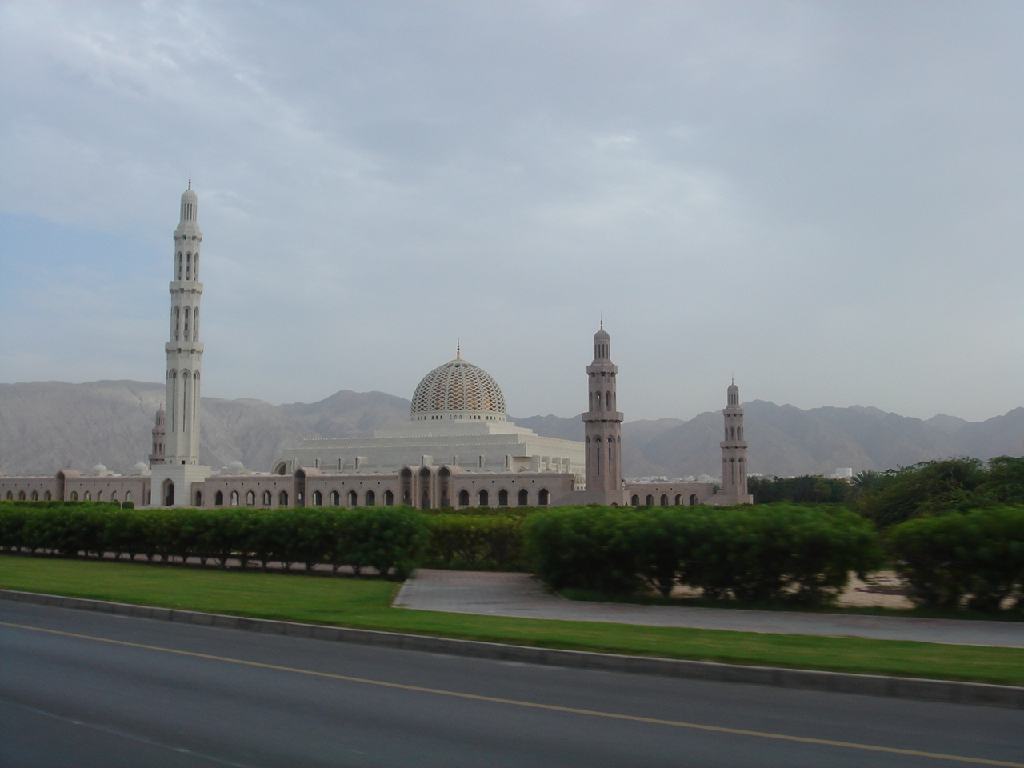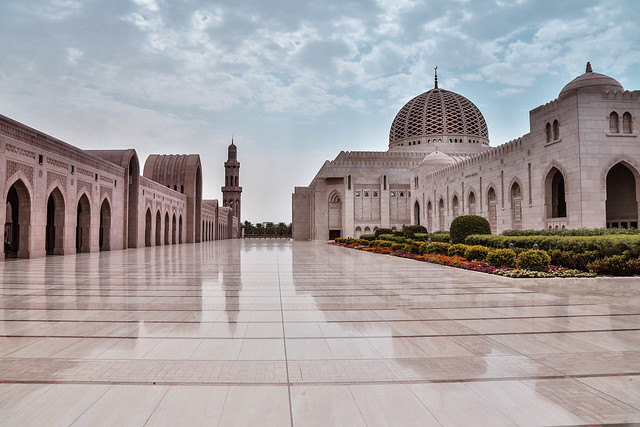
The sea turtle swam towards me with a fin upraised, as if wanting a "high five". He looked at me for a moment, close enough that I could clearly see his beaked mouth and look into his gentle eyes. I popped my head out of the water, looking to alert my fellow snorkelers, but they were on the other side of the reef. So I returned to the turtle, who had now started poking around in the coral below ... a thicket of what looked like stag antlers, with bright blue tips ... for a snack. I was close enough to stroke his shell, and he wasn't bothered. We swam along like that for a while, at peace in the quiet waters.
And that was after I'd been swimming with whale sharks.
I've been on a lot of magnificent beach holidays, but never one as good as The Maldives once you get in the water. I quickly realised that a holiday here is much like an African safari, alternating bursts of wildlife observation with breaks to recover from your awe. People who think they'd be bored "just sitting on a beach" are missing the point; the magic here is
beyond the beach.
The unique geology of the Maldives has a lot to do with it. If you're lucky enough to need a sea plane to get to your resort ... something I highly recommend for the full experience ... you'll see that this place is very different. Imagine thousands of tiny islands poking their heads above swathes of coral reef, made obvious from the air because of the variations of lighter blues that differentiate them from the indigo of the deep sea. When seen from above, you realise the reefs and islands usually comprise circles, and these smaller circles form the line of much larger ones.
Together, these make up the atolls, of which there are 26 spread over 80,000 square kilometers. The theory has it that this is what's left of an impossibly ancient chain of volcanoes. The peaks themselves wore down long ago, but the coral reefs that surrounded them ... which, after all, are living things ... still survive.
An aquatic metropolis
Besides making for spectacularly beautiful views, this geology has tremendous advantages for the tourist. All these reefs break and calm the waves, so at sea level you have the illusion of being in the middle of the ocean, but it's still calm and placid as a lake. The shallows around the islands are expansive. From our villa you could walk out for almost one hundred yards at high tide on nothing but powdery sand, the water never much past your waist. The sand is white, the water turquoise, and the sun above gives the surface an undulating violet sheen. Elsewhere off these islands, however, you can put on your fins, start swimming, and be over reefs and fish in 15 strong kicks. And, of course, all these coral reefs are a source of food and housing for a dazzling variety of fish. For humans, this might be the middle of nowhere, but it's a piscine New York City.
Snorkel and fins came with our hotel package and, I suspect, do at most resorts. This means that once you're here ... admittedly, an expensive proposition ... activity is free. You can float and observe for hours without ever getting bored.
My favourites were the obscenely coloured parrot fish, usually violet with teal accents and touches of red, yellow and green. Though I saw turquoise and burgundy varieties as well. These odd fish, about the size of a small lapdog, have industrial-strength gnashers they use to actually take bites out of the reef. When they're swimming as a school, you can hear them chewing before you see them. Their digestive systems filter out the nutrients, break down what's left and excrete it as sand. Yes, those lovely beaches are ... parrot fish poop.
But they're just the showiest guys in the neighbourhood. You'll spot every shade of neon in stripes,

swirls and dots. Hover over a round coral, its filaments dancing in the current like hair, and watch 200 tiny, electric blue tadpoles dart in and out. Laugh at schools of yellow and black striped fish that look like escaping convicts. Inspect the horn on the odd unicorn fish, who can get away with being boring black because that thing coming out of his head is so distinctive. Gawp when the giant clams occasionally open and close their garish orange and blue lips. After day two, you won't even pay attention to the small black-finned sharks or the rays hovering in the shallows, so common are they. It is often hard to believe this is real, rather than some animatronic set concocted by Disney for its "Finding Nemo" ride.
Of course, if you want to spend money, there are special excursions to be had. Dolphin watching aboard one of the native dhoni boats, its prow curved like an Egyptian pharaoh's barge, is the most typical. There are enough of our aquatic cousins gambolling in these waters to almost guarantee you'll end up gliding along next to a pod, watching them arch, dive and ... it you're lucky ... pirouette in flashy leaps.
The dive shop at Moofushi did an intro to scuba experience for $130 a person. The entry barriers to this activity can be daunting: expensive and time-consuming qualifications, equipment, etc. Here, we had half an hour of instruction on the basics (main take out: never hold your breath or your lungs might explode), got kitted out and headed for the water. The two of us had our own dive instructor, Massimo, who stayed close and ensured everything went smoothly. After making sure we had the basics of breathing down in the shallows next to the main dock, we headed for the adjoining reef and he pushed us down to two or three meters. Quite literally "pushed"; he was above the two of us, hands on our backs, controlling our depth and ready to pull us to the surface at the slightest hint of trouble.
As an introduction, it was magnificent. And great to do something totally new for a new decade (we did it the morning of my birthday). Overall, I am yet to be convinced that it is worth the vast cost differential from the essentially free snorkelling. Other than a menacing eel and getting closer to some of the more interesting coral, we didn't see much more from under the water than we did from on top. But I'm open to further experimentation. After all, I wasn't crazy about my first spa experience ... and now I'm an addict.
A whale of a time
Our biggest excursion investment, however, was a full-day whale shark adventure. At $250 per person we thought about that one quite a bit before signing up, but agreed it was worth every penny. It was the highlight of the whole Moofushi stay.
Whale sharks are the largest fish on the planet ... remember, whales themselves are mammals rather than fish ... and The Maldives hosts one of the world's largest colonies. There are about 200 males and six females now living off these reefs. They are gentle giants, on average about 9 metres long, who feed on plankton. They rise from the depths at meal time and hang in the current a couple of meters below the surface, their massive mouths opened to filter the water bringing their food. It's this habit that makes them easy to swim with, if you can spot them. They're content to let you hover and swim with them, as long as you give them a fair buffer. Get too close, you'll spook them and they'll return to the depths.
We quickly realised our premium pricing went for a fine boat, limited numbers and professional spotters. One was even a fully-qualified marine biologist. Our speedboat spent 45 minutes zipping us past reefs, other resorts and tiny uninhabited islands before we got to the long chain that formed the southern edge of our atoll. Then the spotters went to work. One on the prow, two on the roof, spotting for the telltale shadow in the water as we trolled up and down their usual hunting grounds. For more than an hour we saw no sharks … just an entertaining pod of dolphins and several other boats doing the same as us. These, however, were slow-moving dhonis, mostly filled with Chinese tourists.
We were beginning to give up hope when our crew told us to get ready and sped us to the bit of water they'd spotted. Over the side we went, and there she was. No more than four meters away, sometimes much closer. So close, in fact, that I watched as Piers hit the water and, unsure where she was, almost collided with her snout as he got his bearings.
The fish are majestic and awe inspiring in their size. Roughly the length of a city bus, with a mouth as wide as a young teenager. Even though you know they only eat plankton, when you're in front of one, letting it swim toward you, you can't help but be terrified of that gaping maw. Fortunately, our girl wasn't bothered by our presence at all, and we were able to swim along with her for 10 minutes. Enough time to inspect her from every angle. Hanging above her middle, seeing the way the white spot and lines on her grey skin formed the perfect "dazzle" camouflage in the sun-dappled shallows. Swimming respectfully behind her, imagining just how lethal that swinging tail could be if you got in the way. (Our biologist guide had been very clear about keeping well clear.)
And then the Chinese arrived. I wouldn't want to make any generalisations about a whole nationality, I'll only say that these groups paid little attention to the instructions not to get close, and flailed around in the water as if they were all new to swimming. The result? Our shark dove to avoid the ruckus. We swam back to our speedboat. Three more times our spotters got us to a shark in front of the hoards. And that, we realised, was what we were paying for. The edge over the bigger, slower groups.
Having tired ourselves out with the sharks, we headed off to a desert island for a spot of lunch. Then a bit of snorkelling on a reef full of sea turtles, including my special friend. What a day. What a place.





























